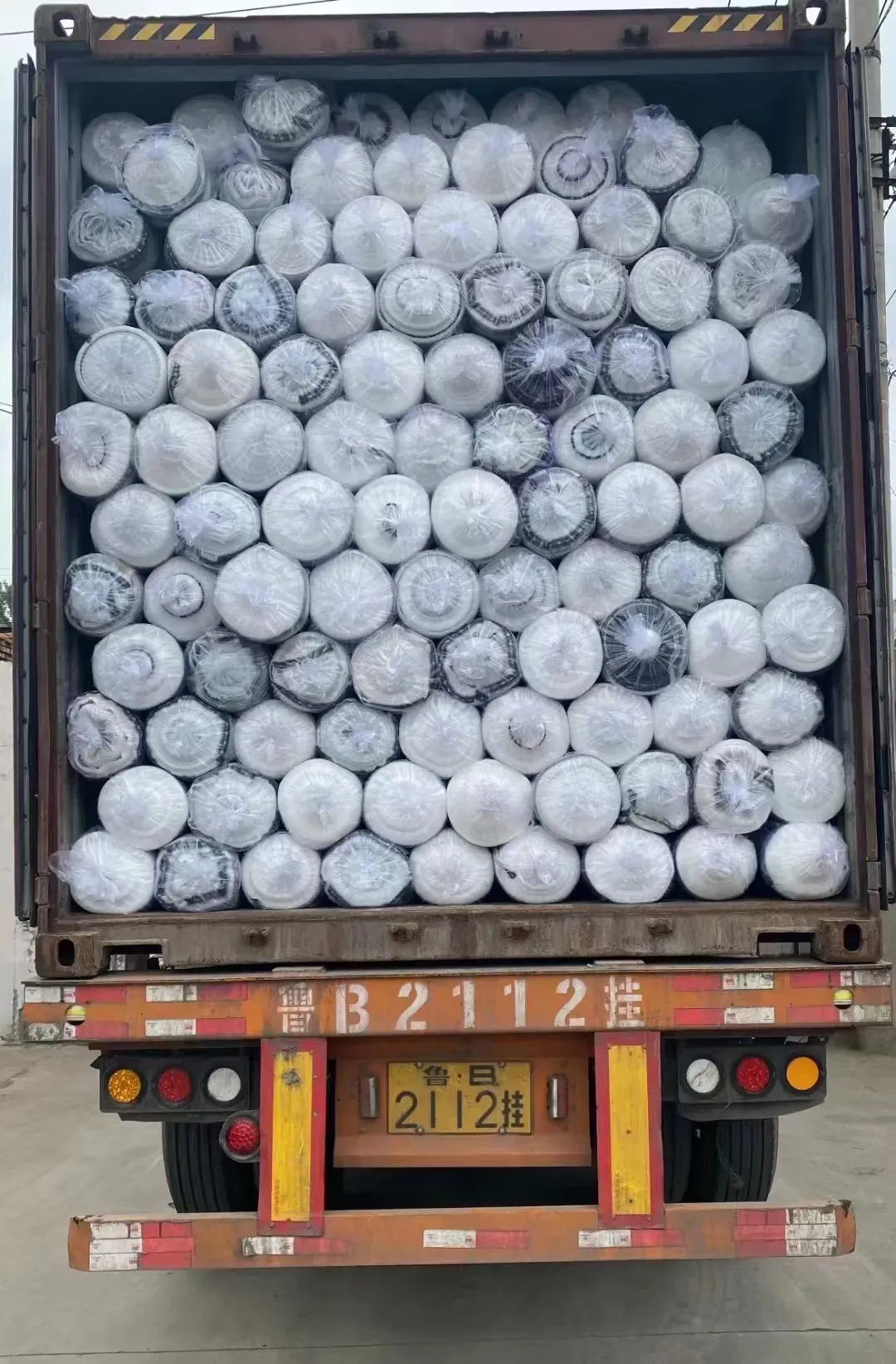2 月 . 16, 2025 10:22
Back to list
Anti Hail Net
Hail netting for apple orchards is an essential investment for fruit growers aiming to protect their yields from damaging weather conditions. These nets provide a reliable shield against hail, a common yet unpredictable threat that can severely impact apple quality and farm profitability. Drawing insights from numerous successful implementations around the globe, this article presents a comprehensive guide exploring the pivotal role of hail nets in apple farming, offering expert advice, real-world experiences, and underlining their importance in sustainable agricultural practices.
The longevity of hail nets is another factor to consider. With proper maintenance, these nets can last between eight to ten years or more. Routine inspections and repairs are crucial to maintaining the integrity and effectiveness of the system, with experts recommending checks before the hail season and right after any severe weather events. Any tears or damages identified should be promptly addressed to ensure no weak points that could lead to cropping failures. In the reality of climate change, where extreme weather conditions are becoming increasingly common, the implementation of hail nets is not just an option but a necessity. Experts suggest integrating hail nets with other modern farming technologies such as climate modeling and predictive software to preemptively recognize weather threats, allowing for timely interventions and ensuring more sophisticated orchard management systems. Trust in hail net systems continues to grow among apple producers, backed by comprehensive studies and endorsements from agricultural institutes. Their effectiveness is validated not only through first-person testimonials but also through empirical research documenting the consistency and quality of harvests protected by such systems. To summarize, investing in hail nets for apple orchards is both a strategic and practical decision that aligns with modern sustainable agriculture practices. By protecting yields, reducing financial risks, and enhancing market competitiveness, hail nets not only safeguard the immediate crop but also contribute to the long-term sustainability of the orchard. Farmers are encouraged to consult with agricultural engineers and suppliers to tailor a hail net solution that meets the unique needs of their farmland, ensuring not just survival, but also prosperity in the face of an uncertain climate future.


The longevity of hail nets is another factor to consider. With proper maintenance, these nets can last between eight to ten years or more. Routine inspections and repairs are crucial to maintaining the integrity and effectiveness of the system, with experts recommending checks before the hail season and right after any severe weather events. Any tears or damages identified should be promptly addressed to ensure no weak points that could lead to cropping failures. In the reality of climate change, where extreme weather conditions are becoming increasingly common, the implementation of hail nets is not just an option but a necessity. Experts suggest integrating hail nets with other modern farming technologies such as climate modeling and predictive software to preemptively recognize weather threats, allowing for timely interventions and ensuring more sophisticated orchard management systems. Trust in hail net systems continues to grow among apple producers, backed by comprehensive studies and endorsements from agricultural institutes. Their effectiveness is validated not only through first-person testimonials but also through empirical research documenting the consistency and quality of harvests protected by such systems. To summarize, investing in hail nets for apple orchards is both a strategic and practical decision that aligns with modern sustainable agriculture practices. By protecting yields, reducing financial risks, and enhancing market competitiveness, hail nets not only safeguard the immediate crop but also contribute to the long-term sustainability of the orchard. Farmers are encouraged to consult with agricultural engineers and suppliers to tailor a hail net solution that meets the unique needs of their farmland, ensuring not just survival, but also prosperity in the face of an uncertain climate future.
Next:
Latest news
-
The Versatility of Stainless Steel Wire MeshNewsNov.01,2024
-
The Role and Types of Sun Shade SolutionsNewsNov.01,2024
-
Safeguard Your Space with Effective Bird Protection SolutionsNewsNov.01,2024
-
Protect Your Garden with Innovative Insect-Proof SolutionsNewsNov.01,2024
-
Innovative Solutions for Construction NeedsNewsNov.01,2024
-
Effective Bird Control Solutions for Every NeedNewsNov.01,2024












